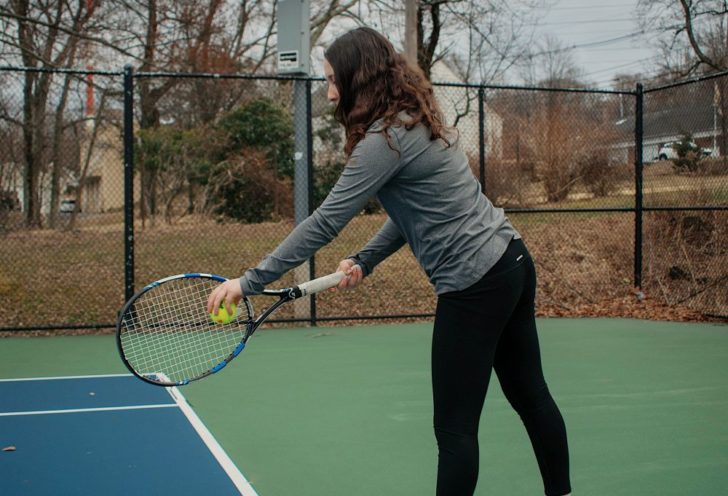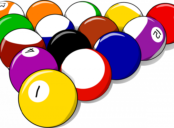Tennis Tips: A Comprehensive Guide for Private Individuals

Introduction
Tennis is a beloved sport that requires skill, strategy, and agility. Whether you are a beginner or an advanced player, incorporating tennis tips into your game can greatly enhance your overall performance. In this article, we will provide an in-depth overview of tennis tips, discuss the various types of tips available, analyze their popularity, delve into quantitative measurements, explore the differences between different tips, and provide a historical review of their advantages and disadvantages.
1. Tennis Tips: An Overview

Tennis tips are valuable pieces of advice, techniques, and strategies used by players to improve their game. These tips can address various aspects of the sport, including serving, returning, groundstrokes, volleys, footwork, mental preparation, and match tactics. By incorporating effective tips into their game, players can gain a competitive edge, improve their technique, and increase their chances of winning matches.
2. Types of Tennis Tips and their Popularity
a. Serving Tips: Serving is a crucial aspect of tennis, and many players continuously seek advice to improve their serving technique. Popular serving tips include maintaining a consistent toss, using proper grip, executing a smooth motion, and implementing strategic placement.
b. Return Tips: Returning serves can be challenging, especially against powerful opponents. Tips for returning include staying balanced, observing the opponent’s racket movement, positioning oneself effectively, and having quick reactions.
c. Groundstroke Tips: Groundstrokes are vital shots in tennis that can determine the outcome of a match. Tips for groundstrokes encompass proper grip, footwork, timing, racket head speed, and shot selection.
d. Volley Tips: Volleying requires finesse and quick reflexes. Tips for effective volleys include maintaining a strong position at the net, keeping the racket head above the net, using the proper grip, and executing precise volleys.
e. Footwork Tips: Good footwork is essential for positioning oneself properly on the court. Tips for improving footwork consist of maintaining a split step, staying on the balls of the feet, being light on the court, and understanding the importance of movement patterns.
f. Mental Preparation Tips: Tennis is not just a physical game; it also requires mental toughness. Tips for mental preparation include staying focused, managing emotions, visualizing success, and developing a pre-match routine.
g. Match Tactics Tips: Understanding match tactics can give players a strategic advantage. Tips for match tactics include analyzing opponents’ weaknesses, playing to one’s strengths, varying shot selection, and adapting to different court surfaces.
3. Quantitative Measurements of Tennis Tips
To measure the effectiveness of tennis tips, quantitative analysis can be employed. Gathering data on players’ performance before and after implementing certain tips can provide insights into their impact. Variables that can be measured include serve speed, percentage of first serves made, return of serve success rate, groundstroke and volley accuracy, number of winners, and unforced errors. Tracking these measurements can help players evaluate their progress and identify areas for improvement.
4. Differences between Tennis Tips
Tennis tips can vary in their approach and focus. Some tips may prioritize technique and form, while others may emphasize mental strategies and tactics. Understanding these differences allows players to tailor their training to suit their individual needs and goals. Additionally, certain tips may be better suited for specific playing styles, court surfaces, or skill levels. Exploring these differences can enable players to make informed decisions when incorporating tips into their game.
5. Historical Review of Advantages and Disadvantages of Tennis Tips
Throughout the history of tennis, various tips have emerged, each with its own set of advantages and disadvantages. For example, tips that promote aggressive shot-making can lead to more winners but also result in more unforced errors. Conversely, tips that prioritize consistency may yield fewer mistakes but could limit players’ ability to seize opportunities. Analyzing these historical trends can provide valuable insights into the evolution of tennis strategies and help players determine which tips align with their playing style.
Conclusion
In conclusion, incorporating tennis tips into your game can significantly enhance your performance on the court. This comprehensive guide has provided an in-depth overview of tennis tips, explored their various types and popularity, discussed quantitative measurements, analyzed their differences, and provided a historical review of their advantages and disadvantages. By incorporating these tips into your training and match preparation, you can elevate your game and enjoy a more rewarding tennis experience.





















